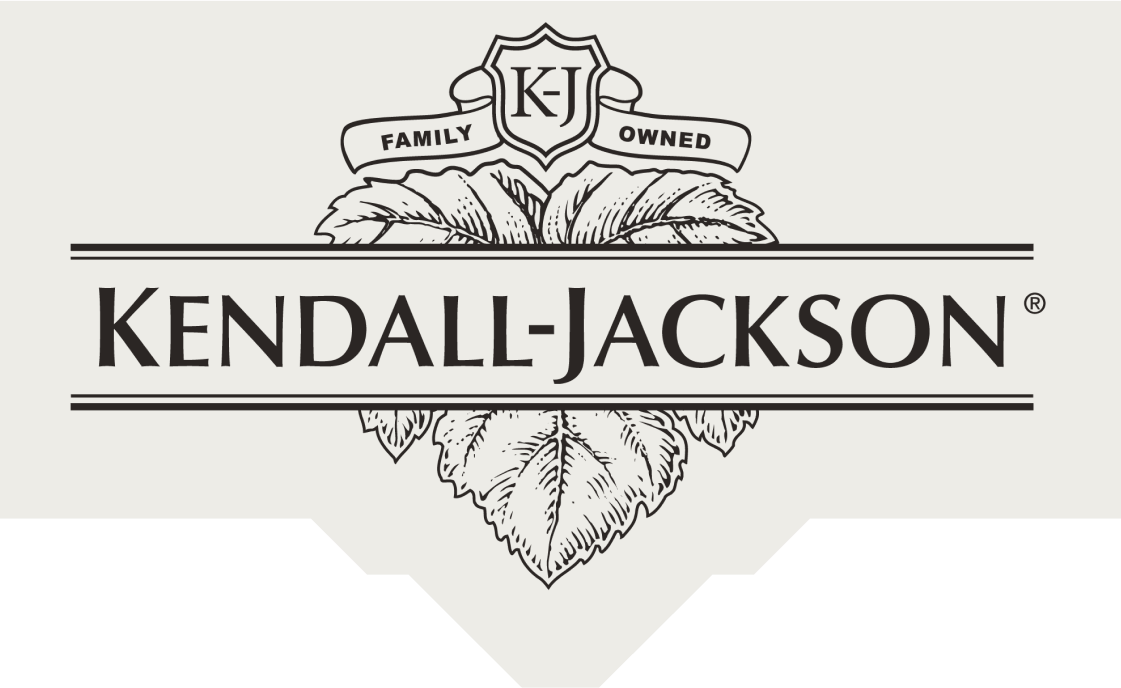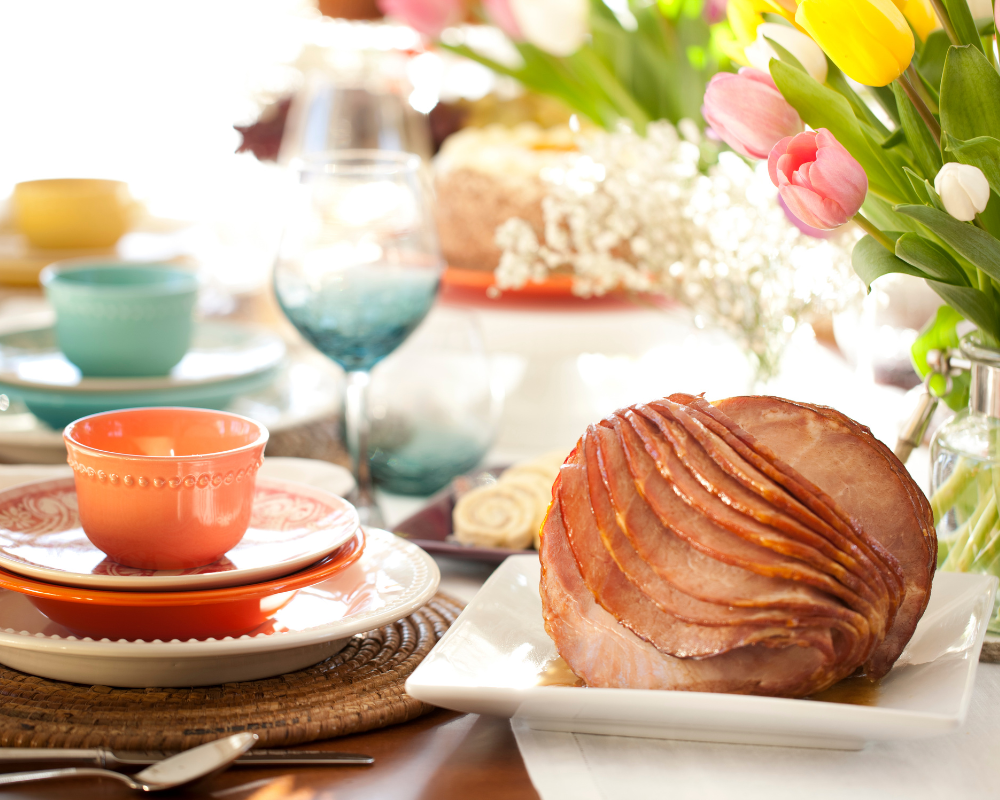The Different Types of Wine Bottle Closures
A wine bottle closure is the last blessing of a winemaker. That closure becomes the guardian of the winemaker’s stewardship and so much more.
A bottle of wine is the work of an entire viticultural year, plus however long the wine was cared for and aged at the winery, not to mention the many years of investment in the wine’s vines prior to that particular annual cycle. Moreover, a bottle of wine also represents a winery and the people behind that bottle from conceptualization, grape-growing and winemaking to shipping and marketing. The choice between the different types of wine bottle closures is critical.
Whoa! It’s that big of a deal? You bet it is! It is understandable to think that “a cork is a cork is a cork”, but that couldn’t be further from the truth.
FROM TRADITIONAL CORK TO AN ARRAY OF WINE BOTTLE CLOSURES
It’s true that the traditional, natural cork bottle closure has largely stood the test of time. After all, it’s been around since the 17th century when newfangled glass bottles began replacing clay amphorae and wooden barrels.
Cork is as an excellent wine bottle closure and is the preferred choice of most consumers. However, a ripple surfaced in natural cork’s popularity in the 1980s. This began a sea-change in market sentiment that gathered into a tidal wave crashing into traditional cork’s market.
Alas, this was not a case of new ideas combatting the “If it ain’t broke, don’t fix it” mentality. The surge of global wine production (and requisite need for more cork closures) coupled with the lack of best practices and innovation on the part of cork producing sector ended up pouring much heartache across the entire wine industry, including right into consumers’ glasses.
It all began with the seemingly unpronounceable 2,4,6-Trichloroanisole (mercifully shortened to the more widely used “TCA”), which is a very - even miserably - stinky compound. Even if you couldn’t pronounce it, you could almost certainly smell it. (FYI - A small percentage of humans have an anosmia to cork taint, meaning that they cannot smell it.)
TCA is the compound responsible for the dreaded cork taint smell (which has nothing to do with bits of crumbled cork that sometimes fall into our wine glasses). Sometimes it’s prominent and sometimes it is subtle, but it is an odor that prompts knowing noses to deem wines “corked”.
It took two decades for natural cork closure producers to get their acts together, after initially ignoring the problem. Natural cork production has never been better, even if it still isn’t perfect. That’s great news. The even more dynamic news is that during the time of natural cork’s evolution, winemakers and consumers have been experimenting with other closures. We can be choosy these days, even while we are generally more open-minded. All these years down the road, there are many ways other than aromas in which wine corks and wine cork substitutes can affect our wine drinking experiences.
TWO WAYS DIFFERENT WINE CLOSURES AFFECT OUR WINE DRINKING EXPERIENCES
Opening and Closing Wine Bottles
First, different wine closures affect how easily we can get to the wine we’d like to drink. (See below for an overview on some of the many different types of wine bottle closures.) Screw caps, Zork closures and sparkling wine “mushroom top corks” win for immediate satisfaction: no corkscrew is required for extracting the closure. For all other wine bottle closures, we need a tool to open the wine bottle. We also need to know how to use that tool.
When we spare some of a bottle for another time, it isn’t always easy getting the closure back into the bottle. Yes, screw caps, VinoSeal/Vino-lok and Zork tops fit easily back onto a bottle, but other cork-like closures aren’t always as cooperative. Technical and synthetic corks can be a real challenge to jimmy back into the bottle. This happens because all corks are actually much larger than the wine bottle opening. On a bottling line, corks are firmly compressed then inserted into their bottles before expanding against the walls of their new glass homes. Once removed, the corks stretch out again – kind-of like we do when getting off a long flight! Natural corks are the most malleable, and it is usually easiest to put the non-wine end of a natural cork back into the bottle as it re-expands more slowly.
(Tip: don’t bother re-inserting the original wine bottle closure into any bottle. Instead, use a Vacu Vin stopper and pump to seal it up until you are ready to sip from the same bottle within the next few days!)
Wine Aromas
Second, the various wine closure types also affect the aromatic properties of wines, even when they are meant to be as neutral as possible. One of the original reasons to move away from natural cork-closed wines was to eliminate smelly cork taint. However, technical corks are glued together and can sometimes emanate a chemical tone to those highly sensitive to the smell. (I’m not one of them.) Synthetic corks are made of petroleum-based elements for the most part and can do the same. This off-gassing of technical and synthetic corks is most noticeable on lighter whites and reds. Finally, tight alternative seals like wine bottle screw caps and glass can promote a smell that winemakers call reduction. On the less intrusive side, reduction smells a bit like struck match or sulphur, and it usually fades away quickly. On the unpleasant side, reduction smells like rubber or even rotten eggs, and it never subsides.
WINE CLOSURES AFFECT WINE’S AGEABILITY
The different ways of sealing wine bottles affect the oxygen exchange rate through that closure. This is important because, as the famous French scientist Louis Pasteur discovered, oxygen is the principal accelerator of wine aging. So aside from possible cork taint, oxygenation potential has become one of the most dynamic criteria for choosing alternative or artificial corks in the last two decades. After all, oxygen is carefully managed throughout the winemaking process, so why wouldn’t it be considered once the wine is ready to ship to the consumer?
Oxygen affects the color, aroma and mouthfeel of wines.
- Color – Too much oxygen can promote premature browning. Think of a cut apple oxidizing.
- Aroma – Just enough oxygen can encourage attractive development in young wines. Too much causes oxidization, which flattens and subdues the nose’s vibrancy.
- Mouthfeel – A Goldilocks-like amount of oxygen enhances the palate by softening it, especially in tannin-rich wines.
Knowing this, winemakers try to hit their wines’ optimum drinking windows. That’s to say that they try to make sure that the bottle you open today drinks as well as it can. For most cork alternatives, a winemaker can chose an ideal oxygen transferability rate. The result is that the same wine bottled with closures offering different oxygen transferability rates could be scheduled to peak in, say, six, 12 and 24 months post-release. Effectively, winemakers can chose corks to work over time while inside a bottle somewhat like a decanter would for a just-opened wine. Presto Bingo - it’s about experiencing the same thing in a different way!
THE MOST COMMON WINE CLOSURES
Natural, or Traditional, Wine Cork
- Description
- The original cork and the choice of self-proclaimed purists
- Sourced from Quercus suber oaks, primarily from the Iberian Peninsula - especially Portugal - and North Africa. Trees must be a quarter of a century old before their bark can be “harvested” then can be stripped only once every nine years. Stripping does not harm the trees.
- Pros
- Excellent “breathability”
- Comes in different quality (and price) levels as well as lengths, with longer ones available for age-worthy wines and wider ones for larger format wines
- Relatively good insertion and extraction of the cork
- Offers the romance of the cork “pop”
- Allows for the preservation of cork forests and rural jobs in small villages
- Ensures that the cork forests continue to offer homes for Iberian lynx, Iberian imperial eagles and Barbary deer, among other wildlife. World Wildlife Federation notes that cork forests are among the few examples on globe where human activity benefits the landscape.
- Recyclable
- Cons
- A potential harbor for the extremely unpleasant 2,4,6-trichloroanosole (TCA) compound that taints wine, making it “corked”
- Hard to get the best corks between the long line of producers and the considerable price they command
- Consistency cannot be guaranteed with the same degree of certainty as alternatives because it is a natural product
- Lubricants like silicon and paraffin can improve extractability – which sommeliers appreciate in the theater of restaurant dining rooms, but which can also cause oxygen ingress
- Random oxidation of bottles, particularly problematic for age-worthy white wines
Technical Wine Cork
- Description
- Made of natural cork particles
- Idea is to replicate the look and feel of a traditional cork
- The best are more and more frequently the top choice for conscientious winemakers who prefer to bottle with a natural cork alternative rather than under screw cap
- Pros
- Can chose desired - and guaranteed rates of - breathability, in high end ranges like DIAM and Amorim Neutrocork-Premium
- The very best lines guarantee they are TCA- and fault-free
- Retains the romance of the cork “pop”
- Helps keep the cork forests cultivated and preserves the homes of indigenous wildlife
- Recyclable
- Cons
- Low-end and mid-range options could be TCA affected
- Also known as “agglomerates” because the corks are composed of tiny cork particles glued together. Highly sensitive sniffers can smell the glue.
- Some technical corks, especially with those that have a solid disk(s) of natural cork glued on one or both ends, can look cheap
- Sometimes not easy to use to recork bottles
Synthetic Wine Cork
- Description
- Outer “skin” and inner foam are made from two different materials
- Exterior skin is usually polyethylene based
- Interior may be made of renewable, sustainable materials, such as the sugarcane-based fibers used by “green” line at Nomacorc.
- Permeability/breathability more consistent than with cork and other synthetic corks
- Pros
- Very good precision of material density and performance
- Come in a wide variety of densities and prices
- Like natural and technical corks, can be printed on
- Uniquely, can be ordered in a wide range of colors
- Can be chamfered, or tapered, for easy re-insertion into bottles
- Recyclable
- Cons
- The polyethylene used can taint wine, as can smells picked up by synthetic closures during shipment
- Wine aroma scalping can also occur, where the synthetic material extracts aromas from the wine
- Must have correct wine style, expected time prior to consumption and stock rotation for synthetic used
- Partially or entirely a petroleum product that can vary in price and is non-renewable
- Corks that are not chamfered are hard to use to recork bottles
Screw Caps & Stelvin Wine Closures
- Description
- Stelvin is the brand name of the original screw cap
- A foam-like liner seals the bottle opening (pinch it out with fingernails or tweezers!), not the two metal parts that crack apart
- Pros
- Zero cork-induced TCA stink
- Easy to open and close
- Can brand just like you would a capsule and cork
- Smooth-sided cap options hide threads, creating a more polished look
- Don’t need to store wine on its side (see more about wine storage here)
- Doesn’t deteriorate like natural cork
- Can chose breathability of cap liners to optimize drinking windows
- Has shown to be an age-worthy wine closure on both red and white wines
- Tamper-evident fitments help prevent counterfeiting, as with Roll On Pilfer Proof (ROPP) aluminum closures
- Recyclable
- Cons
- Reduction, or the tamping down of aromas, is very common
- Flute-shaped (deeply sloped, like for the Vintner’s Reserve Riesling) wine bottles more easily incur dents on the capsule closure, possibly causing the liner seal to pop and resulting in an oxidized wine
VinoSeal & Vinolok Wine Closures
- Description
- Plastic o-ring makes the seal for this glass-on-glass closure
- Frequently used on flute-shaped bottles
- Pros
- TCA-free
- Easy to open
- Elegant look
- Reusable glass stopper – or the same or on another bottle
- Recyclable
- Wines develop more slowly due to little oxygen transfer
- Wide array of sizes for different bottle neck sizes
- Comes in different colors and frosted versions
- Cons
- Like screw caps, makes wines prone to reduction, which flattens aromatic intensity
- Heavier than other closure alternatives, adding to carbon emissions
Zork Wine Closure
- Description
- A unique, innovative and synthetic closure that is goes by its brand name
- The convenience of screw cap with the pop of a cork! Has foil welded between the cap and plunger to ensure a long shelf life. Foil helps it to seal like a screw cap while the plunger makes a pop like a cork.
- Cool packaging developed in Australia that has largely remained there
- Pros
- Tamper evident
- Easy to open
- Claim their polyethylene formula does not taint wine aromas
- Unique look promotes consumer curiosity
- Recyclable
- Cons
- More expensive and more complicated for producers to use on a regular bottling line, so harder for consumers to find!
- Petroleum-based
WHICH WINE BOTTLE CLOSURE IS THE BEST?
As is often both charmingly and irritatingly the case in wine, the answer to which wine bottle closure is best is, “It depends.” As such, the Kendall-Jackson winemaking team of Randy Ullom, Mark Theis and Fritz Meier frequently re-evaluate the types of wine bottle closures they use, based on wine style and wine consumption tendencies.
Today, the Vintner’s Reserve Chardonnay and red wines are bottled with Amorim’s Neutrocork-Premium technical corks for their easy extractability and cork-like properties, including their environmentally friendliness. (Nomacorc was previously the choice here.) The whites other than the Chardonnay and K-J AVANT are closed with screw cap tops to maximize freshness and consumer-friendly usage. The Grand Reserve collection uses Diam corks for the same reasons as Neutrocork- Premium closures, as well as for their tighter oxygen transmission control. Finally, all of the Jackson Estate and Stature wines are bottled under natural cork.
I’d say this is all rather remarkable dedication to detail. To me, this question has always been pretty easy to answer: the best wine bottle closure is the one that has already been opened! Cheers!
Christy Canterbury is a Master of Wine, journalist, speaker and judge based in New York City. In 2014, she was short-listed for the Roederer Online Wine Communicator of the Year Award. Her work has been published in Decanter, Wine Enthusiast, Edible Green Mountains, Wine Searcher, Food Arts, Snooth, Beverage Media, TimAtkin.com, Civiltà del Bere, Wine Business Monthly, TASTED, Selectus Wines and in other outlets.



